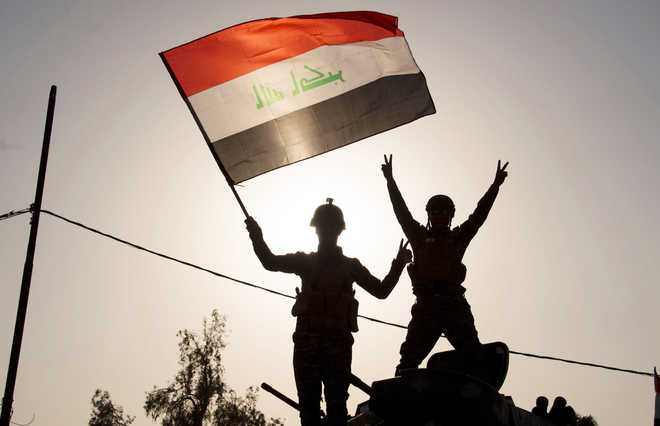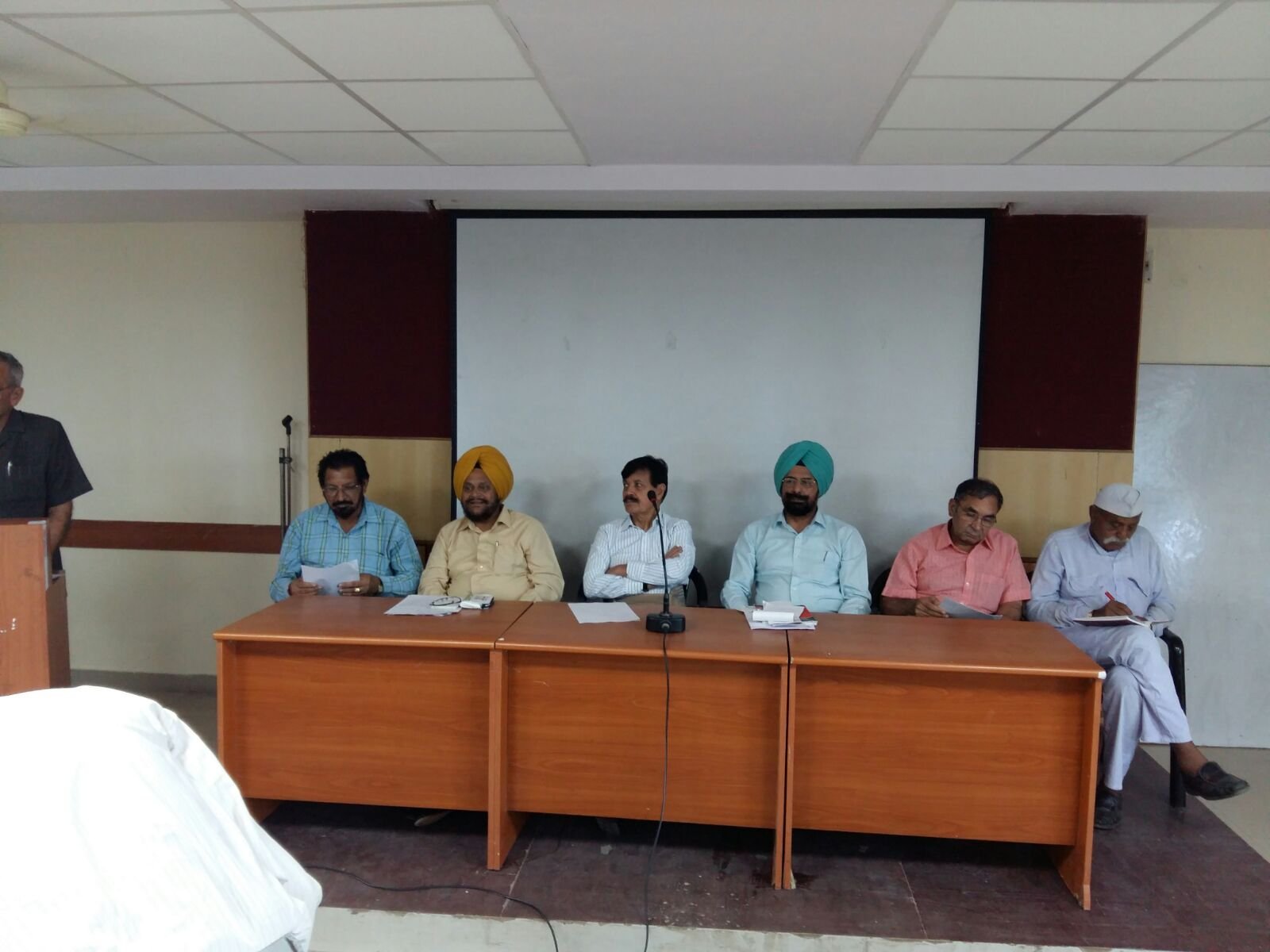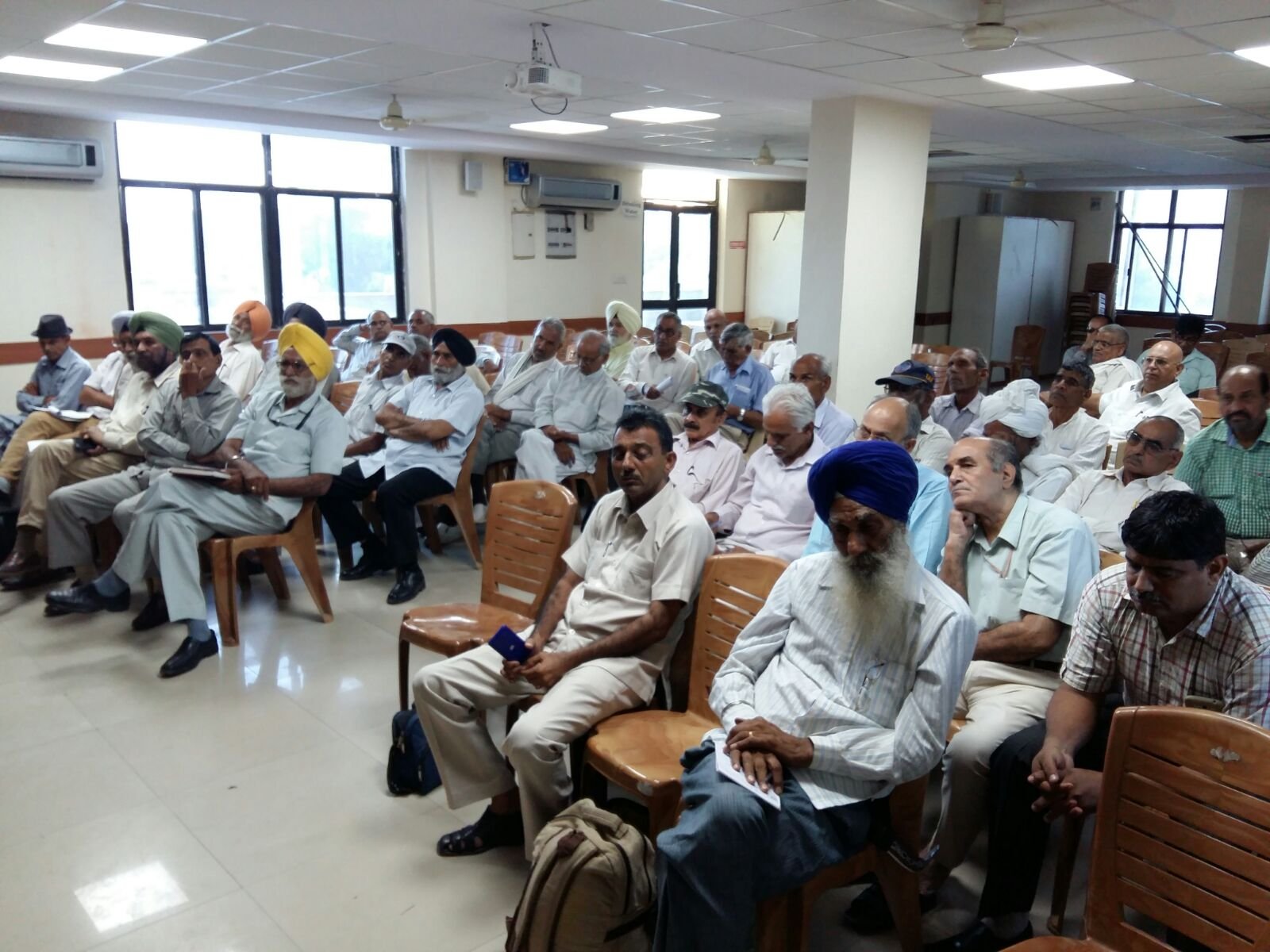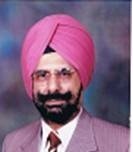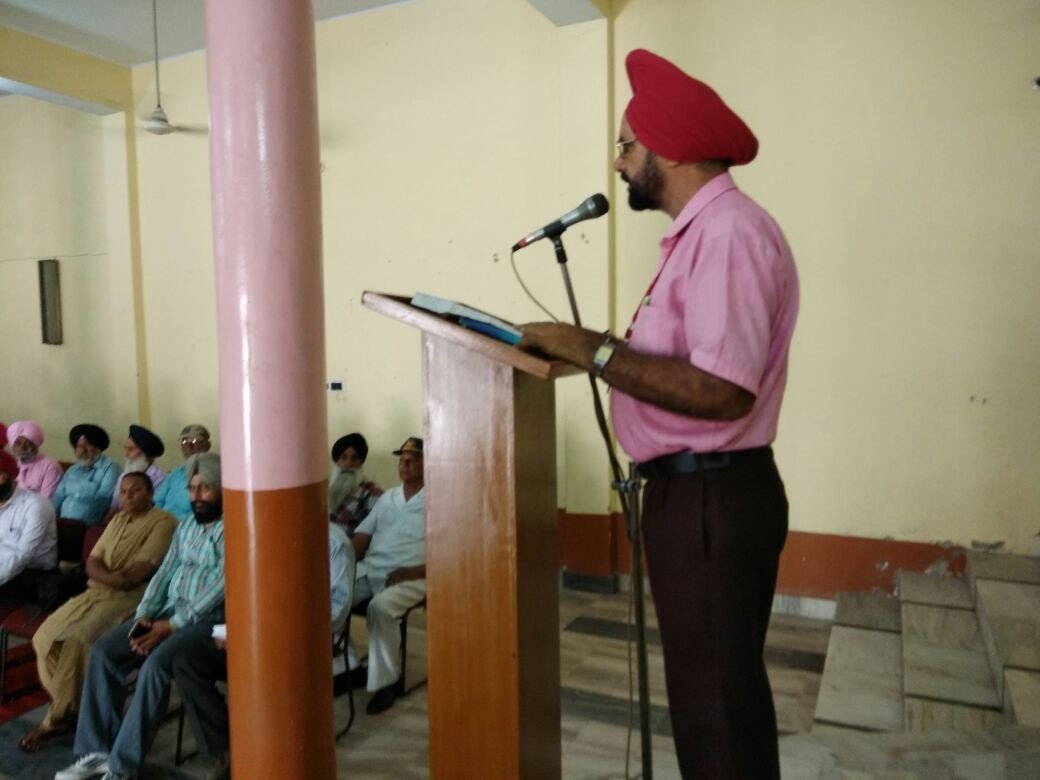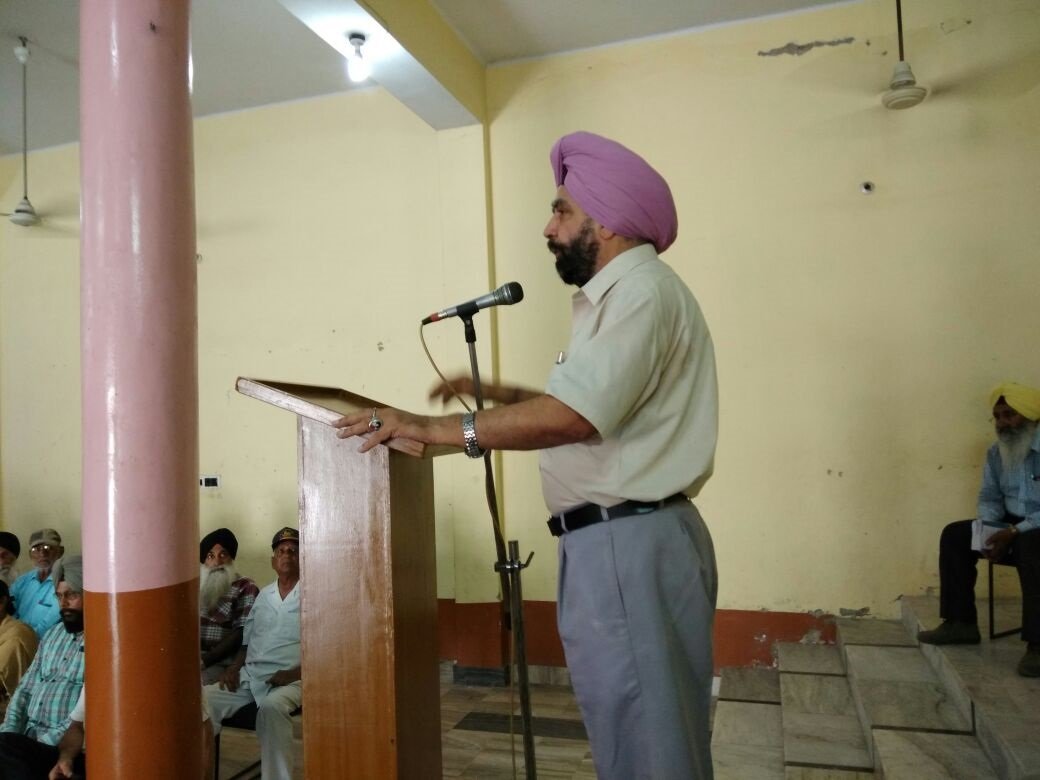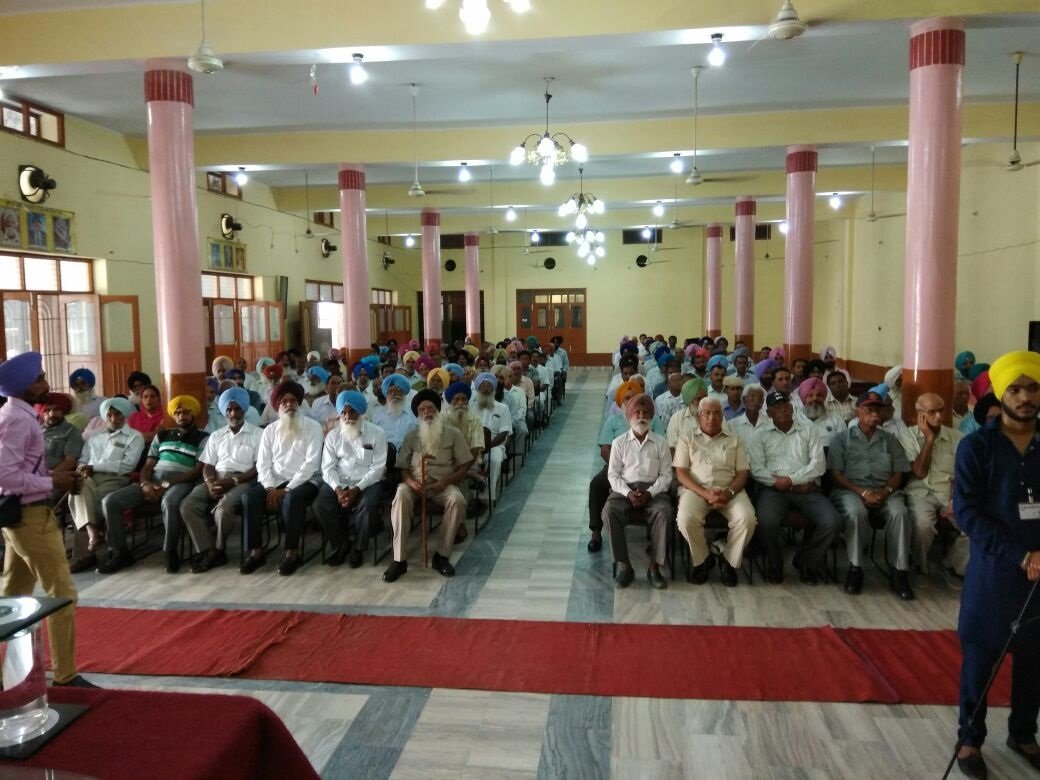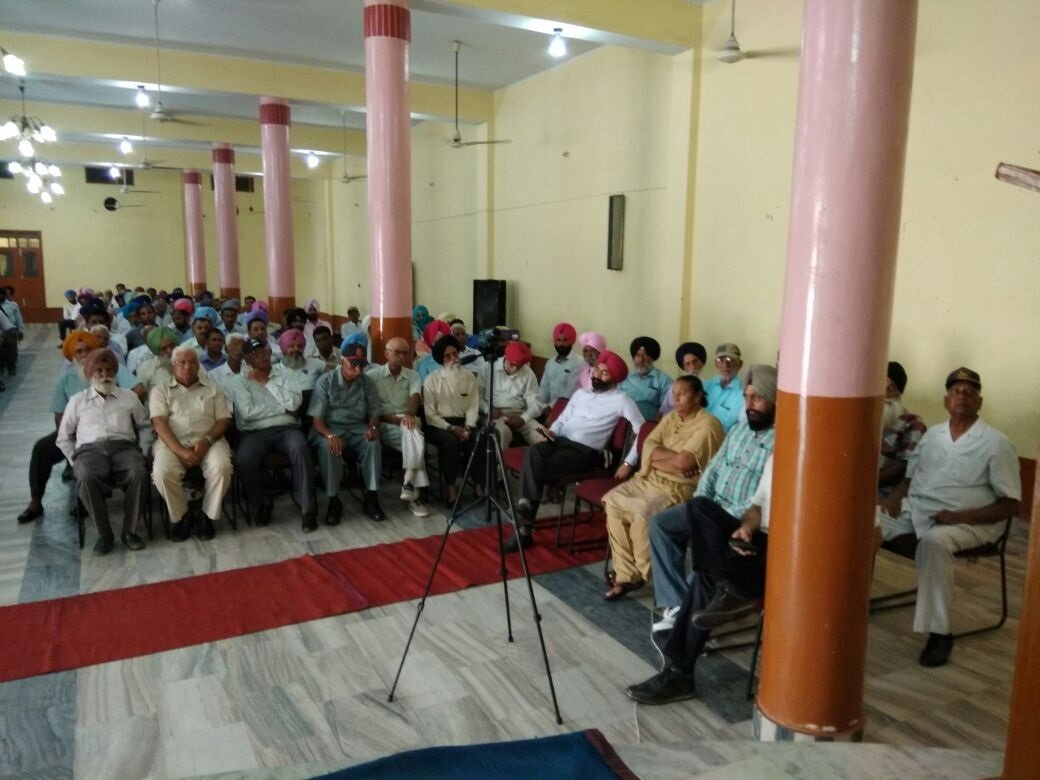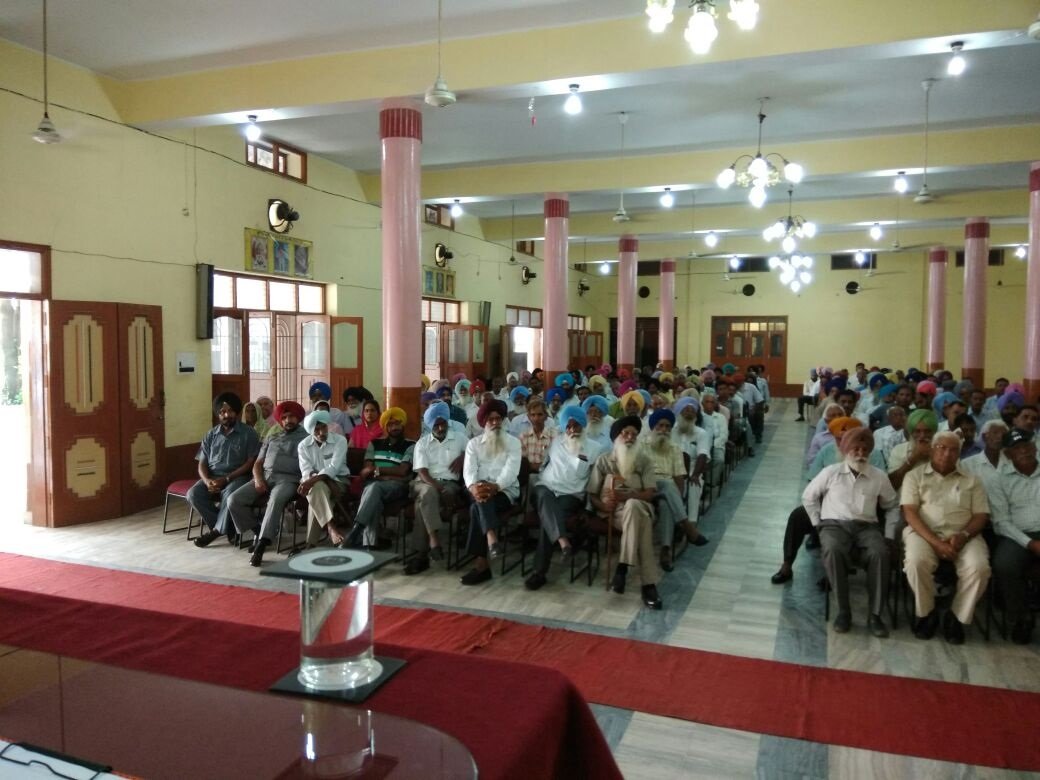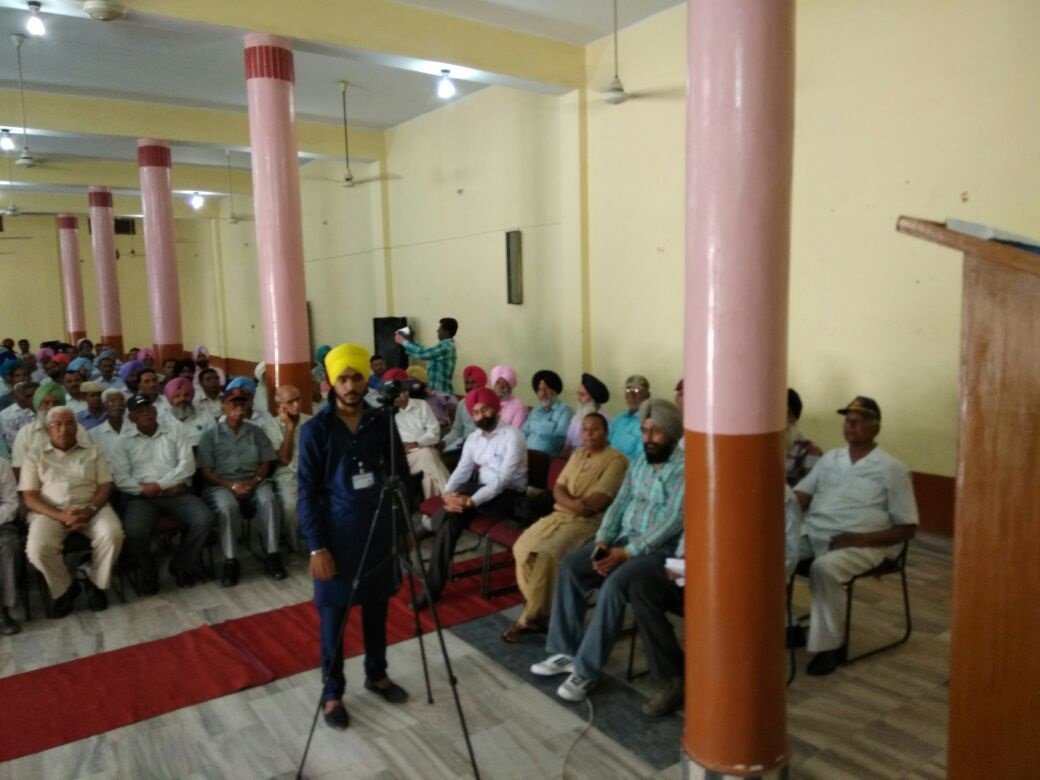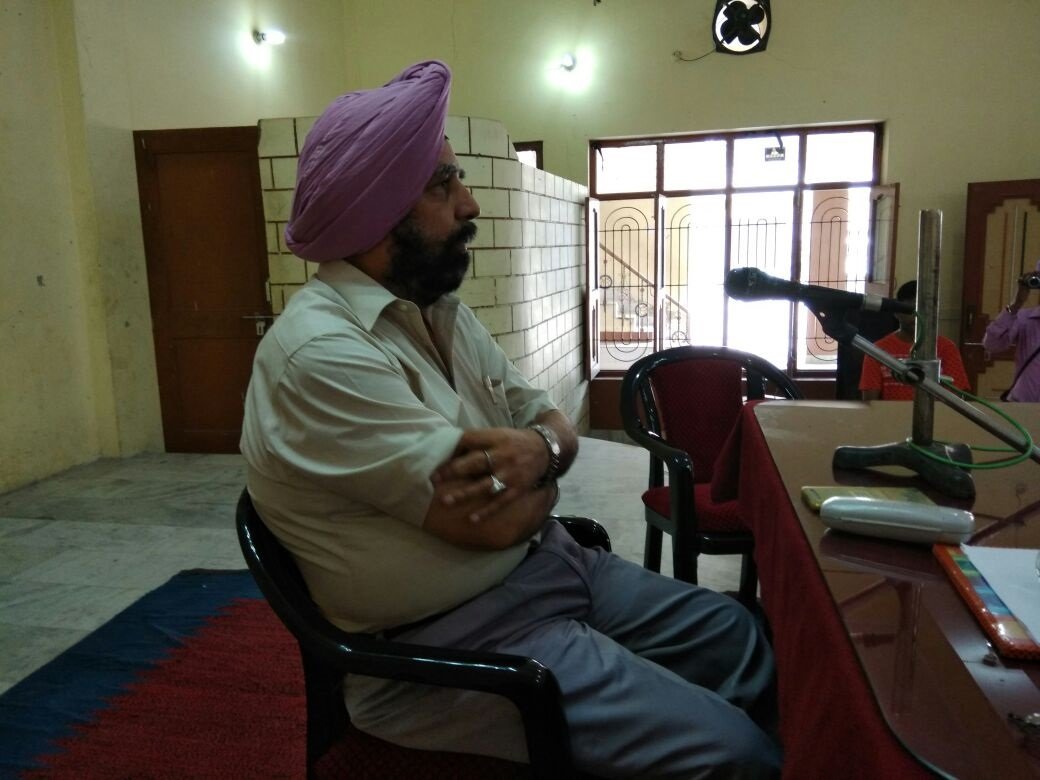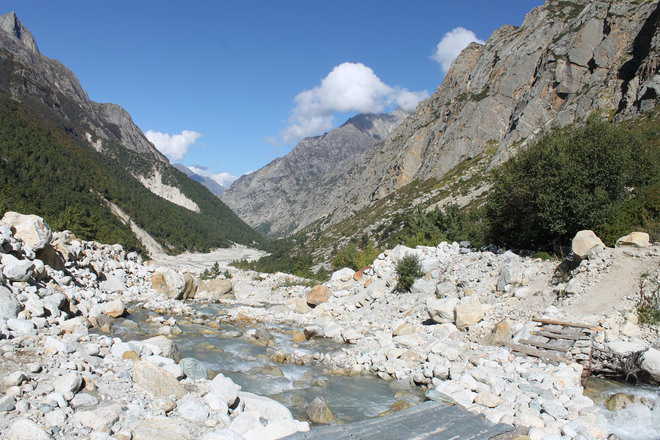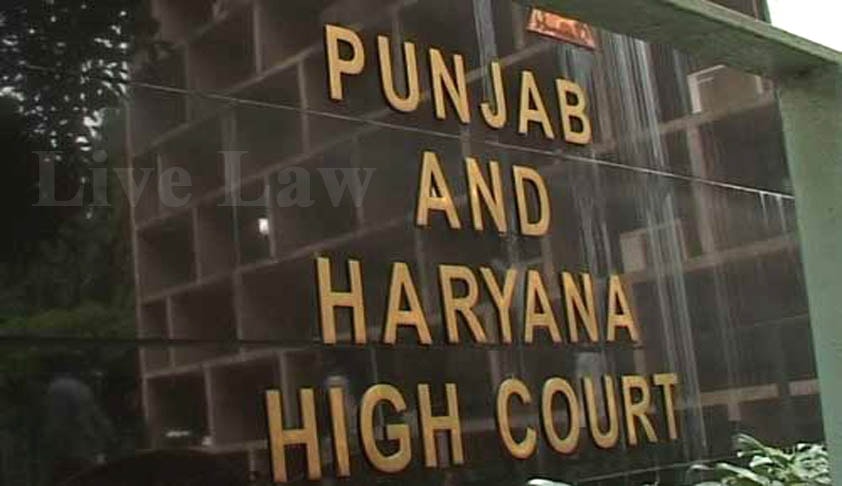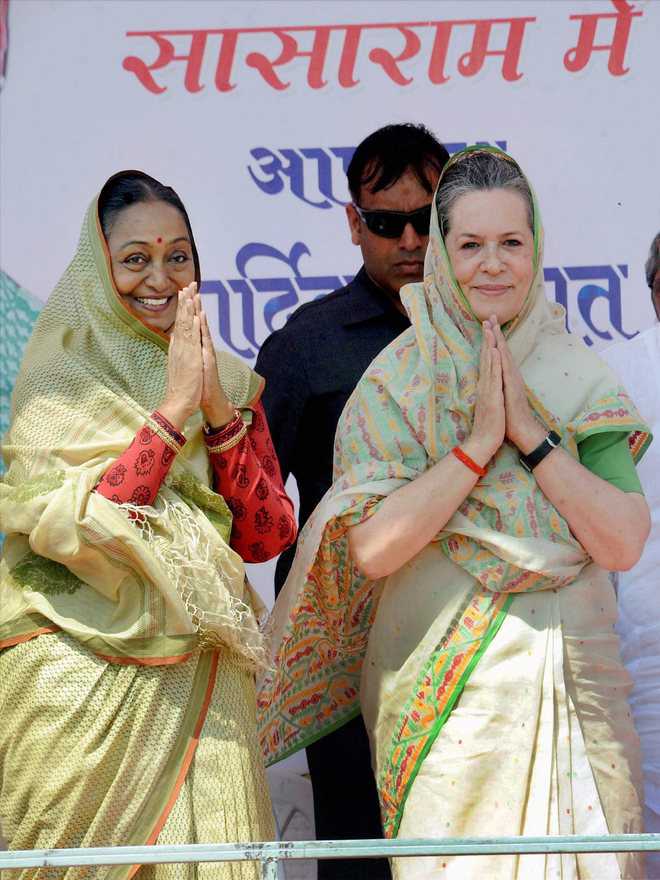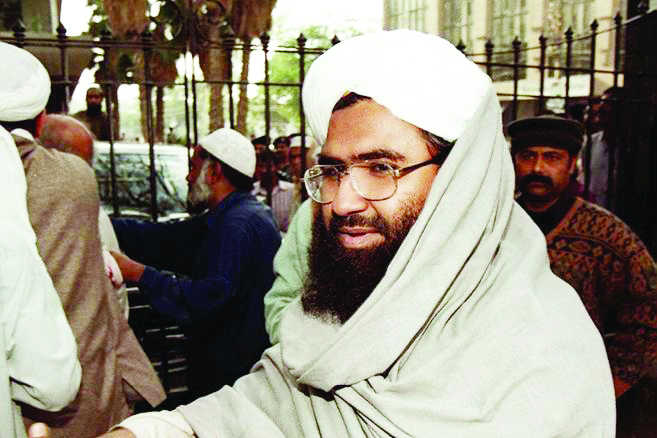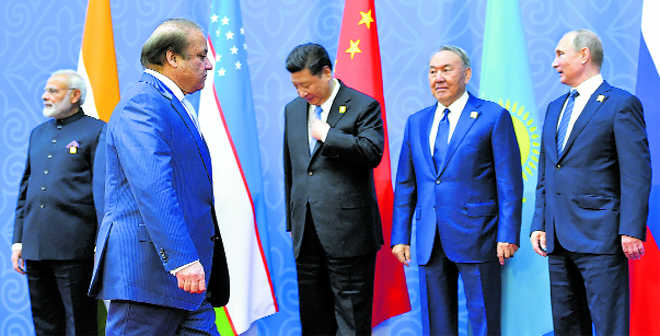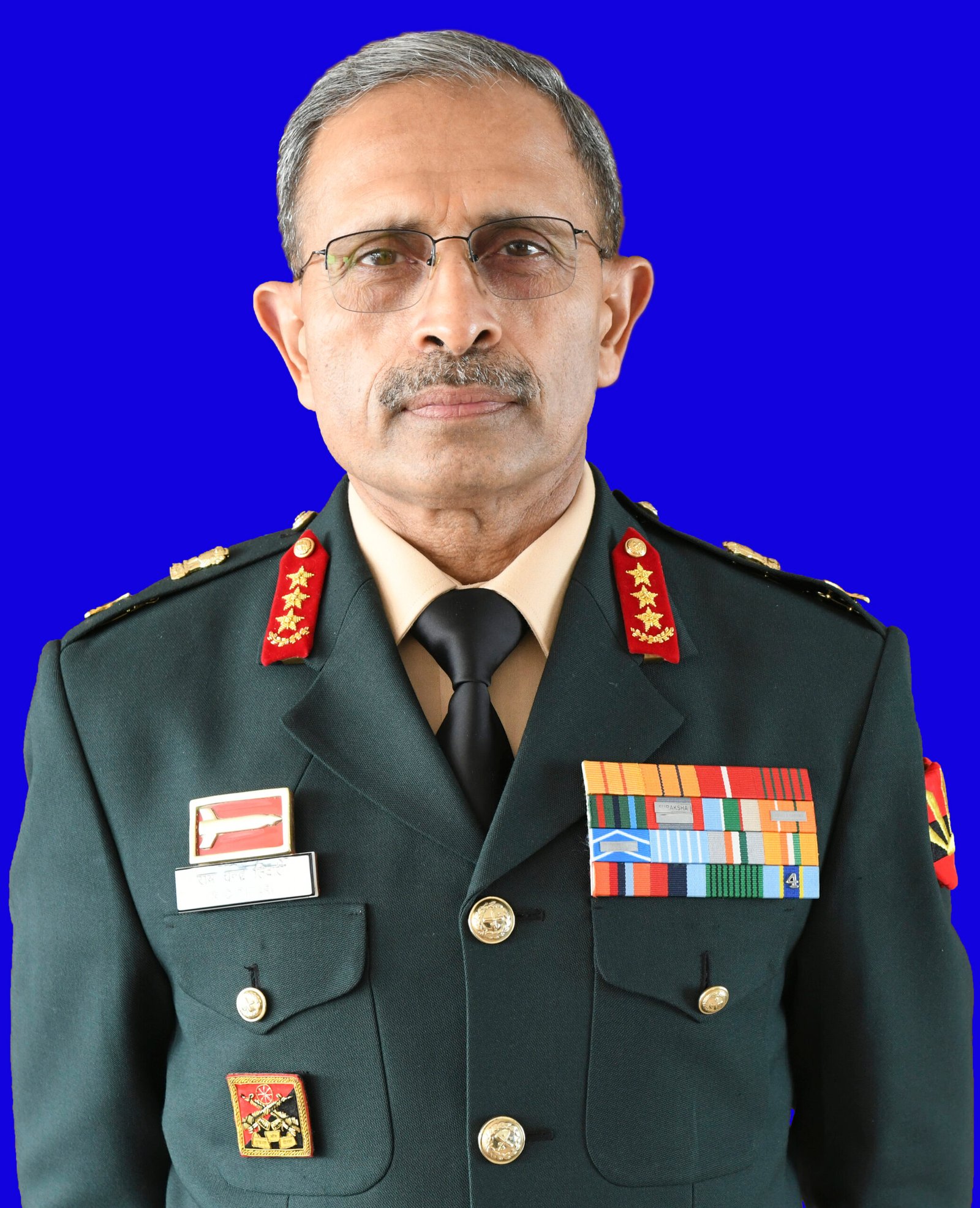The genesis and extent of the problem that the Indian Army faced in its quest to find the best man for the best job, at its higher ranks needs to be understood. The Indian Army is a command- oriented Army with the necessity of all officers to perform in command or deemed command appointments in order to be eligible for promotion at every stage.
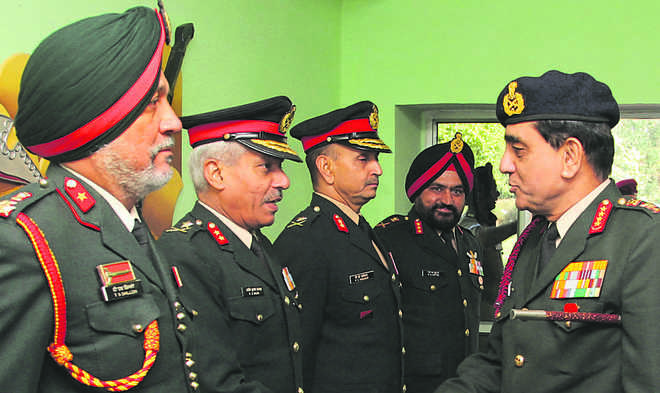
The Army & MoD need to reassess the promotion policy for senior officers. The command orientation has to make way for a system where an equally challenging staff tenure are given the same importance & weightage.
It is rare to find an analysis of the Army’s promotion policy related to senior ranks although the policy on junior select ranks has been flogged enough in the last two years as a consequence of a legal case. A recent opinion piece in The Tribune tempted us to offer a little contextual updated explanation to the background superbly explained by Lt Gen OP Kaushik (retd).In 1986, General K Sundarji introduced the promotion policy of Command and Staff and Staff streams for promotion from Brigadier to Maj Gen upwards. Ostensibly, it was to enable the more accomplished rise a little faster by entering the Command and Staff Stream and giving the slightly less endowed a chance to gain one promotion in the Staff stream which meant they would not be considered for further promotion at all. The Sundarji policy was shelved in 1992 as it created considerable turbulence in the absence of any credible tools to help the promotion board allocate streams to officers. The compulsions that led to its reintroduction in 2009 have not been adequately explained and are elaborated below. It also adopted the Quantified Selection System which gave the required accurate inputs for merit-based selection for the two streams.The reader must understand the genesis and the extent of the problem that the Indian Army faced in selecting the best man for the best job, at its higher ranks. All officers must perform in command or deemed command appointments in order to be eligible for promotion at every stage. This assumes much greater importance in the higher ranks. Secondly, slippages occurred in the vacancy-based promotion system of 1997 despite accurate calculation of vacancies. To add to the woes, all post-1974 batch senior officers were university graduates adding a year to their age. As problems in vacancy management accentuated, the number of eligible General Officers reduced, thus rendering some outstanding officers ineligible.The Ajay Vikram Singh Committee (AVSC) cadre review threw up additional vacancies for 20 Lt Gens and 75 Maj Gens to be gradually absorbed from 2005 onwards. But there are 14 Corps (Lt Gen) and 45 divisions (Maj Gen) commanded by General Cadre officers. This means not more than seven officers for Lt Gen and 22 officers for Maj Gen from each calendar batch can hold commands for the recommended two-year tenure. However, with additional AVSC vacancies (all on Staff), for each batch there are 16-17 vacancies for Lt Gen and almost 45-50 vacancies for Maj Gen. In a command-oriented Army, all the corps and divisions will have commanders for less than six-month tenures to accommodate the entire batch. Thus a reasonable solution was to keep the Corps Commander’s tenure at 12 months and of Division Commanders, 18 months; still less than desirable. To execute this not more than 14 Lt Gens should become Corps Commanders and approximately 33 Maj Gens should become Division Commanders to maintain the sanctity of tenures and also vacate command appointments for subsequent batches. The balance (about 20 General Officers) cleared for promotion has to be promoted only in the Staff stream. This would not have caused so much of heartburn that necessitated a “Staff Only” Maj Gen approaching the AFT, but the fact that he could never aspire to become a Lt Gen, even within that stream is a flaw. One of AVSC’s aims — to reduce the age profile of commanders — has not been achieved in the ranks of General Officers. The implementation of AVSC provided personal satisfaction due to increased approvals for promotion but did not help the organisation in the absence of commensurate vacancies in deputations. The “peel factor”, on which the Committee based its recommendations, never got implemented. Coupled with the laid-down residual tenure as Army and Corps Commanders, this resulted in and still results in many outstanding senior officers being ineligible for command due to their higher age profile.The Army wants to revert to the single-stream system so that all General Cadre officers are eligible for Command and Staff. However, it has not clarified how it intends to manage viable tenures in command of Corps and Divisions while promoting all for Command and Staff who will have to necessarily be squeezed through the command funnel.The solutions though limited, are not hard to find. First, the Command orientation has to make way for a system where an equally challenging Staff tenure (Army to identify appointments) are given the same importance and weightage. In the single stream, some selected ones may Command for viable tenures and others perform viable Staff tenures with all being eligible for promotion. Alternatively, the two streams may continue with all Maj Gens on Staff stream eligible for promotion to Lt Gen (Staff only) with earmarked pro rata vacancies.The Army also wants a lower cap in the percentage of approval for both ranks to gradually reduce the age profile. Once that is achieved all approved officers will be eligible to command Corps and Field Armies. Its impact will be the feasibility of having a Selection Board for approval of Lt Gens as Field Army Commanders, which is a crying need. It is ironical that we place a very high premium on command at all levels, the most important of them all, the selection of the Field Army Commanders is still based upon the date of birth. The latest AFT judgment clearly states that the present policy violates Article 14 of the Constitution. The Army and the Ministry of Defence have to relook this important policy for promotion to the General Officer ranks. It would be fair to the officers and lead to greater satisfaction and would also benefit the nation as it would throw up the best of the best to lead its field armies into war.The writers have extensive experience in handling complex personnel policy-related issues of the Army























































